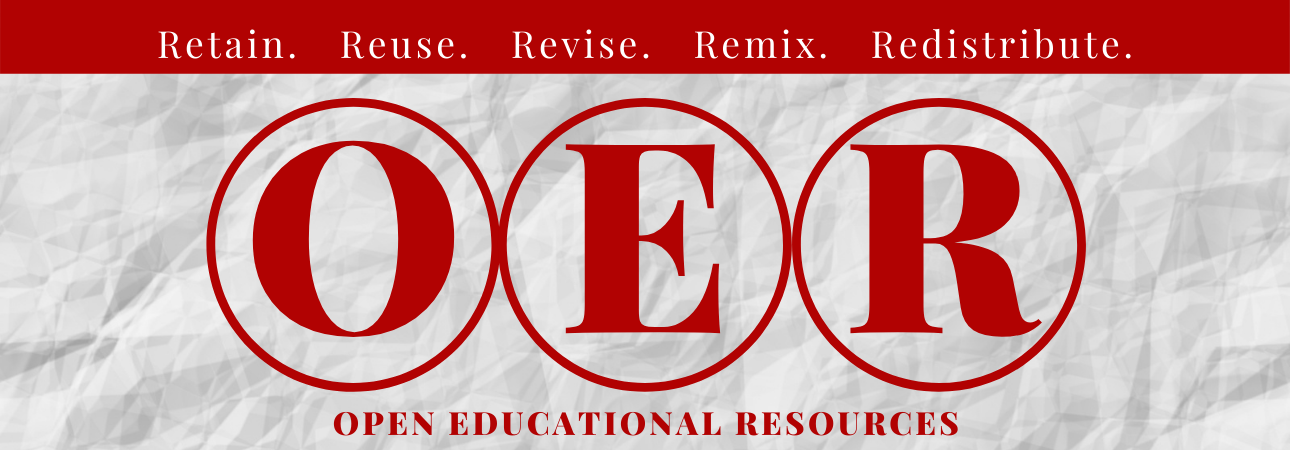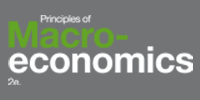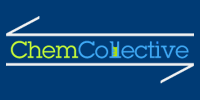
Open Educational Resources (“OERs”) have been reshaping the landscape of learning for over a decade, but what are they and why should UNLV faculty consider including OERs in their classrooms and syllabi?
Open Educational Resources (OERs) are openly available learning materials such as textbooks to curricula, syllabi, lecture notes, assignments, tests, projects, audio, video and animation. The nature of these open materials means that anyone can legally and freely copy, use, adapt and re-share them.
OERs are particularly beneficial to both students and educators within the Higher Education because they;
- increase transnational and cross-institutional collaboration;
- enable the sharing of knowledge;
- save time and duplication;
- contribute to new pedagogical practices, and
- increase access to education.
Examples of OERs

Analyzing Grammar in Context introduces users to “patterns of English grammar and their influence on sentence structure, punctuation, and style.” It was written by a number of UNLV faculty and employee authors including Ed Nagelhout, Denise Tillery, Lauren Cagle, Sarah E. H. Lyons, Homer Simms, & Shannon Peevey in support of ENG 411B: Principles of Modern Grammar.

Principles of Macroeconomic Second Edition covers the scope and sequence requirements of most introductory macroeconomics courses. The text also includes many current examples, which are handled in a politically equitable way. It is one of many examples of free online textbooks available via OpenStax.

ChemCollective's Virtual Lab provides a free virtual lab environment for chemistry students. It is part of ChemCollective, a collection of virtual labs, scenario-based learning activities, tutorials, and concept tests.
Further Reading:
SPARC (2017). OER Mythbusting. Washington, DC: SPARC. sparcopen.org/our-work/oer-mythbusting
Did You Know…
- The high cost of some course materials can impede students’ academic success.
- The cost of textbooks is rising at a rate of 4 times inflation.
- 7 out of 10 students don’t purchase a required textbook during their academic career because of cost.
- 60% of students have delayed purchasing textbooks until they’ve received their financial aid.
By including OERs in your courses, you will not only help reduce overall costs, your students will also:
- Have access to course materials on the first day of class.
- Can read, highlight, and take notes in the format that works best for them.
- Can easily read course materials online, on eReaders like Kindle, or download and print them.
Student Testimonials
Faculty Testimonials
While it is possible to search for OERs using a generic search engine like Google, there are also a growing number of OER repositories that collect OERs developed at colleges, universities, and K-12 institutions around the world. Many of these repositories include a community rating system which can be helpful when reviewing possible OERs for adaptation, but there are also a number of OER evaluation rubrics that you can use to assist in your assessment.
When looking for eligible OER materials for your course, make sure to find out what license a creator has selected for their work. Creative Commons licenses, such as those in this chart, determine how an item was intended to be re-used and shared. If you do not see an open license, be aware that copyright law will still apply, and it is best to request permission before making use of this material.
Open Textbooks
- BC Campus
A wide range of textbooks searchable by subject - Directory of Open Access Books
Academic peer-reviewed books and chapters - Internet Archive Open Source Textbooks
Over 2000 freely available textbooks - MERLOT
Free textbooks, course modules, and assignments searchable by subject & audience level - OpenStax (Rice University)
A range of free textbooks in key learning areas - Open SUNY textbooks
A selection of Open Educational Resources (OER) - Open Textbook Library (University of Minnesota)
A range of textbooks to be freely used, adapted, and distributed
Open Courseware
- John Hopkins School of Public Health Open Courseware
Provided by John Hopkins University, JHSPH OCW offers open materials and images from more than a hundred courses on public health education and research. - MERLOT
Free textbooks, course modules, and assignments searchable by subject & audience level - MIT Open Courseware
MIT OpenCourseWare (OCW) is a web-based publication of virtually all MIT course content. OCW is open and available to the world and is a permanent MIT activity. - Open Michigan
A range of subject areas from the University of Michigan. - Open Yale Courses
Open Yale Courses provides free and open access to a selection of introductory courses taught by distinguished teachers and scholars at Yale University. - Stanford Engineering Everywhere
Provided by Stanford University, these courses are centered around Engineering and Information Technology.
Open Journals
- Directory of Open Access Journals (DOAJ)
DOAJ is an online directory of high quality, open access, peer-reviewed journals - Elsevier Open Access Journals
A–Z directory of Elsevier 's open access journals. - Open Science Directory
About 13000 scientific journals are now available in the Open Science Directory. - Oxford Open Journals
Open access journals by Oxford University Press mainly in the science area. - SpringerOpen
Springer's open access journals in the following subject areas - science, technology, medicine, the humanities and social sciences. - Taylor & Francis Open Access
Collection of Open Access journals published by Taylor & Francis. - Wiley Open Access
Wiley Open Access publishes online journals in biological, chemical and health sciences.
Open Images
- Flickr Commons
Visual treasures from the world's public photography archives - Gratisography
Free high-resolution pictures - Morguefile
Over 350,000 of free stock photos for commercial use - Pexels
A collection of free stock photos - Pixabay
Over 970,000 of free stock photos - Unsplash
Free high-resolution photos

